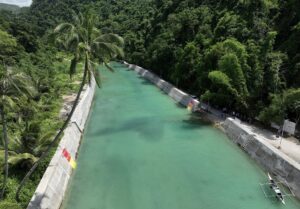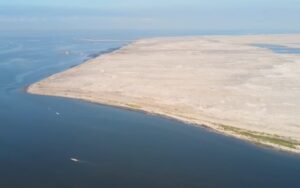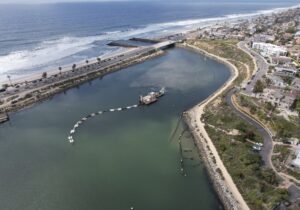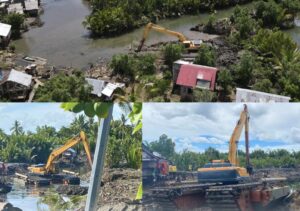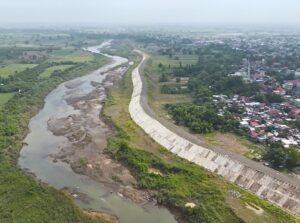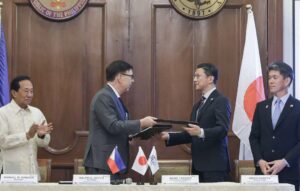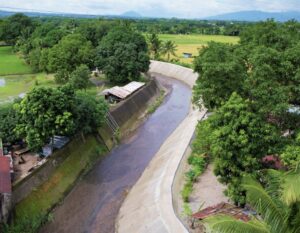Dredging the mouth of Baseco lagoon
DENR National Capital Region, through its Manila Bay Site Coordinating and Management Office (MBSCMO) sought the assistance of the Department of Public Works and Highways (DPWH) in dredging the mouth of Baseco lagoon to restore inflow and outflow of water in the area.
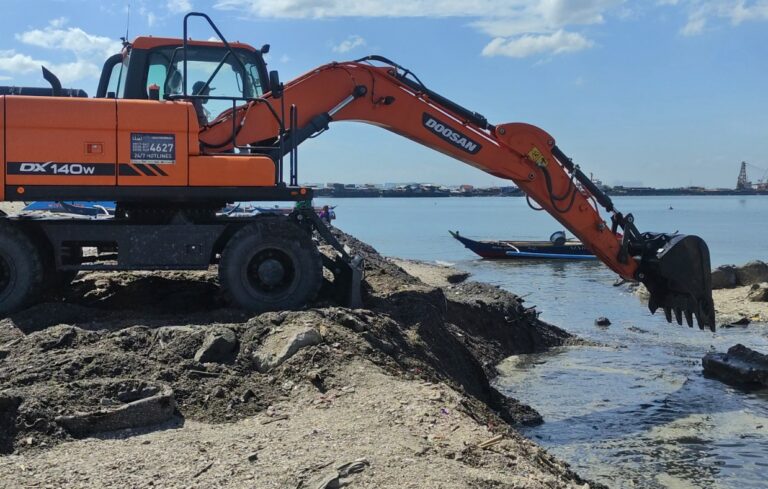
The coast of Baseco is one of the priority restoration areas of the DENR National Capital Region under the Manila Bay Rehabilitation Program.
The regional office has been planting mangroves and mangrove-associated species in the area since 2019 apart from conducting regular cleanups together with partners and volunteers from both the public and private sectors.
Last year alone, the regional office, through its Conservation and Development Division (CDD), planted a total of 1,924 mangrove and mangrove-associated species in Baseco.
Mangroves are known for their natural capability to remove, stabilize, or destroy harmful contaminants in soil and water. A number of studies have shown that mangroves can retain heavy metals and prevent their release into the environment.
Mangrove ecosystems also help filter sediments in the water and protect coastal areas against erosion, strong waves, and storm surges.
In order to thrive, however, mangroves need to be exposed to tidal waters. But the small channel that served as entry and exit point of seawater in the lagoon has been clogged with layers of trash and other debris, preventing water circulation.
Regional Executive Director Jacqueline A. Caancan hopes that the dredging of the channel will ensure the survival and continued growth of the mangroves in the area. “We want to protect the mangroves because mangroves protect us,” Caancan said.


